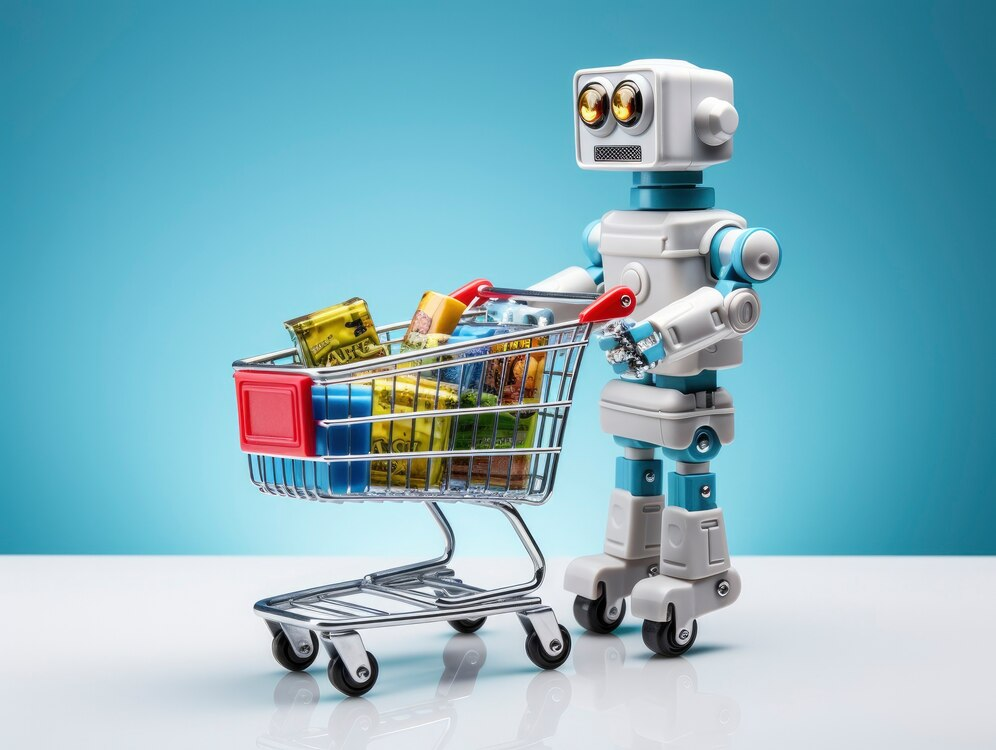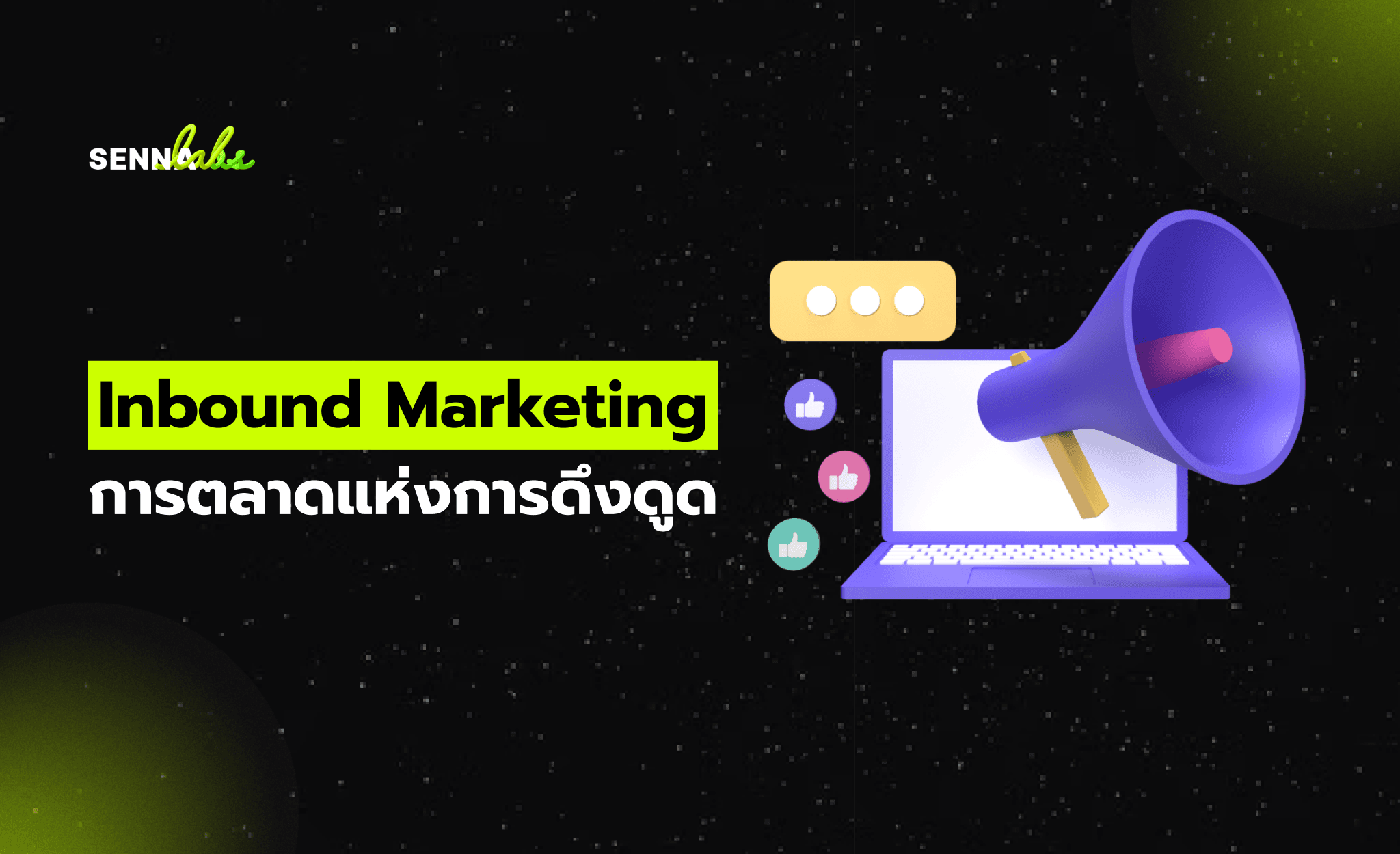AI Agents in E-Commerce: Boosting Sales with Recommendations

In the competitive world of e-commerce, personalization is the key to winning customer loyalty and driving revenue growth. AI agents have emerged as powerful tools that analyze user behavior and provide personalized product recommendations, tailoring the shopping experience to individual preferences. This not only enhances customer satisfaction but also increases conversion rates and boosts revenue.
This article delves into how AI agents transform e-commerce through personalized recommendations, highlighting their benefits, practical applications, and strategies for implementation.

How AI Agents Enhance E-Commerce
AI agents use advanced technologies like machine learning, natural language processing (NLP), and predictive analytics to create tailored shopping experiences. Here’s how they work:
1. Behavior Analysis
AI agents track user interactions on websites, such as browsing history, clicks, and purchase behavior, to understand preferences.
-
Example: An AI agent identifies that a user frequently searches for sneakers and recommends similar products.
2. Real-Time Personalization
AI provides dynamic product suggestions during the shopping journey, updating recommendations in real-time based on user actions.
-
Example: While a customer views a winter jacket, the AI suggests matching gloves or scarves.
3. Predictive Recommendations
Using predictive analytics, AI anticipates future needs and suggests products accordingly.
-
Example: Based on previous purchases of baby products, AI predicts the need for toddler items as the child grows.
4. Upselling and Cross-Selling
AI increases average order value by suggesting complementary products or premium versions of items.
-
Example: When a customer adds a smartphone to their cart, AI recommends a protective case or a higher-end model.
Benefits of AI-Powered Recommendations
1. Enhanced Customer Experience
Personalized suggestions make shopping faster, more relevant, and enjoyable for customers.
-
Example: A user receives curated product recommendations aligned with their style, leading to a seamless shopping experience.
2. Increased Conversion Rates
Relevant product recommendations encourage users to complete purchases, reducing cart abandonment.
-
Example: AI-powered product recommendations improve a retailer’s conversion rate by 20%.
3. Higher Revenue
Upselling and cross-selling strategies driven by AI boost sales and average order value.
-
Example: An AI system suggests add-on accessories, increasing revenue by 15%.
4. Improved Customer Retention
AI helps build loyalty by creating a sense of exclusivity and understanding customer preferences.
-
Example: Returning customers are greeted with personalized recommendations based on their previous purchases.
5. Operational Efficiency
AI automates recommendation processes, reducing manual effort and enabling scalability.
Use Case: Personalized Product Suggestions in Action
Problem:
An e-commerce platform faced high bounce rates and low conversion rates due to a lack of personalized shopping experiences.
Solution:
The platform implemented an AI agent to deliver tailored product recommendations based on user behavior.
Implementation:
-
Data Collection: The AI system collected data on browsing history, purchase patterns, and demographic information.
-
Behavior Analysis: Machine learning models analyzed user preferences and identified trends.
-
Dynamic Recommendations: Real-time product suggestions were displayed on the homepage, product pages, and cart.
-
Performance Monitoring: Metrics like conversion rates, average order value, and click-through rates were tracked.
Results:
-
Increased Conversion Rates: Conversion rates improved by 25% within three months.
-
Higher Revenue: Average order value increased by 18% due to upselling and cross-selling.
-
Enhanced Customer Satisfaction: Positive feedback from customers highlighted the convenience of personalized suggestions.
Key Features to Look for in AI Recommendation Tools
-
Behavior Tracking:
The system should monitor and analyze user actions like clicks, searches, and purchases. -
Real-Time Personalization:
Recommendations should update dynamically based on user interactions. -
Integration Capabilities:
The AI tool should integrate seamlessly with your e-commerce platform (e.g., Shopify, Magento). -
Scalability:
The system should handle increasing customer volumes and product catalogs as your business grows. -
A/B Testing:
Evaluate the effectiveness of different recommendation strategies using built-in A/B testing capabilities. -
Data Security:
Ensure the tool complies with data privacy regulations like GDPR and CCPA to protect user data.
How to Implement AI-Powered Recommendations
Step 1: Define Goals
Identify what you want to achieve with AI recommendations, such as increasing revenue, improving customer satisfaction, or reducing cart abandonment.
Step 2: Choose the Right Tool
Select an AI-powered recommendation engine that aligns with your goals and integrates with your platform.
-
Examples: Amazon Personalize, Dynamic Yield, Algolia Recommend.
Step 3: Train the AI System
Provide the system with sufficient data, such as purchase history, product details, and user demographics, to train the AI models.
Step 4: Deploy and Test
Implement the recommendation engine across your website, app, or email campaigns.
-
Use A/B testing to measure the effectiveness of personalized recommendations.
Step 5: Monitor and Optimize
Track performance metrics like click-through rates, conversion rates, and revenue uplift. Continuously update the AI system with new data to improve accuracy.
Challenges and Solutions
Challenge 1: Data Privacy Concerns
Solution: Use tools that prioritize encryption and comply with regulations like GDPR or CCPA.
Challenge 2: Integration Complexity
Solution: Choose AI systems with robust APIs for seamless integration with existing platforms.
Challenge 3: Resistance to Change
Solution: Demonstrate the ROI of AI recommendations through pilot programs and data-driven results.
The Future of AI in E-Commerce
The role of AI in e-commerce is set to expand, with advancements like:
-
Voice Shopping Recommendations: AI will suggest products based on voice interactions with virtual assistants.
-
Hyper-Personalization: AI will deliver even more tailored experiences using deep insights into user behavior.
-
Augmented Reality (AR): AI will combine with AR to offer personalized virtual try-ons for products like clothing and furniture.
-
Cross-Channel Consistency: AI will ensure seamless personalization across websites, apps, and physical stores.
Conclusion
AI agents are revolutionizing e-commerce by delivering personalized product recommendations that enhance the shopping experience, boost conversion rates, and drive revenue growth. By analyzing user behavior and tailoring suggestions to individual preferences, AI enables businesses to stay competitive in a dynamic market.
For the e-commerce platform in this use case, implementing AI-powered recommendations led to higher customer satisfaction, improved sales, and a significant uplift in revenue. As AI technology continues to evolve, its potential to transform e-commerce is boundless, offering businesses the tools to connect with customers in meaningful and impactful ways.


Subscribe to follow product news, latest in technology, solutions, and updates
Other articles for you



Let’s build digital products that are simply awesome !
We will get back to you within 24 hours!Go to contact us Please tell us your ideas.
Please tell us your ideas.







